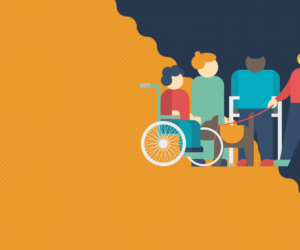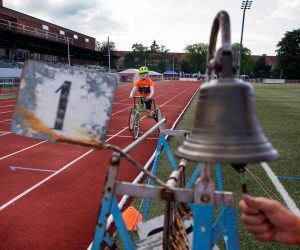Para archery is an adaptive sport that lets many people with physical impairments enjoy the sport just the same as other people with no disabilities. The Archery is the skill of shooting arrows with a bow, either in hunting or at an inanimate target. The bow is undoubtedly the earliest mechanical device to achieve more incredible speed in a projectile than could be attained by throwing it.
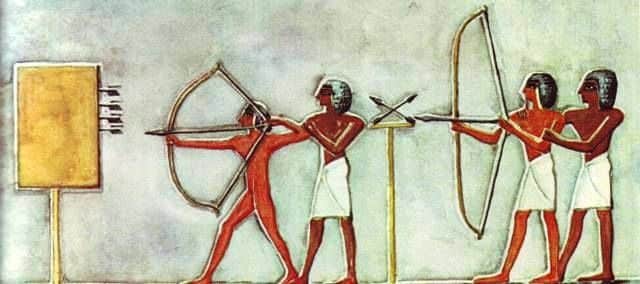
The Archery is a historical weapon from many ancient times which people used for hunting or in wars. Among the ancient Egyptians and Greeks, Archery was practiced as a recreational activity. It was used by many countries, especially in parts of Asia, with many great horse archers in 15 centuries. The oldest signs of Archery unearthed in Europe date to around 10,000 BC, while evidence in Asia dates the invention of the bow even earlier.
In Europe, Archery becomes widely used, especially in Switzerland, Germany, France, and the Low Countries in 16 centuries. The bow and arrow were displaced into firearms as a military weapon. Gradually, with guns coming into the picture, the bow had been almost abandoned as s weapon. Archery continued as a sport in England by both loyalty and the general public. While the format has changed during the time, the principles of precision, focus, control, and repetition remain the same. The archery way had many ups and downs in many countries and many continents, but the international rules were standardized in 1931 with the Fédération Internationale de Tir à l’Arc, (FITA; Federation of International Target Archery) in Paris.
Today, Archery covers a wide variety of people of different ages, gender, and abilities worldwide. Everything such as bows and arrows or even the archery matches’ target distance is customized to fit the archers’ archers with specific needs. The bow, arrows, and targets are necessary for the matches. Indoor Archery, field archery, target archery are different kinds of archery sport that have particular disciplines.
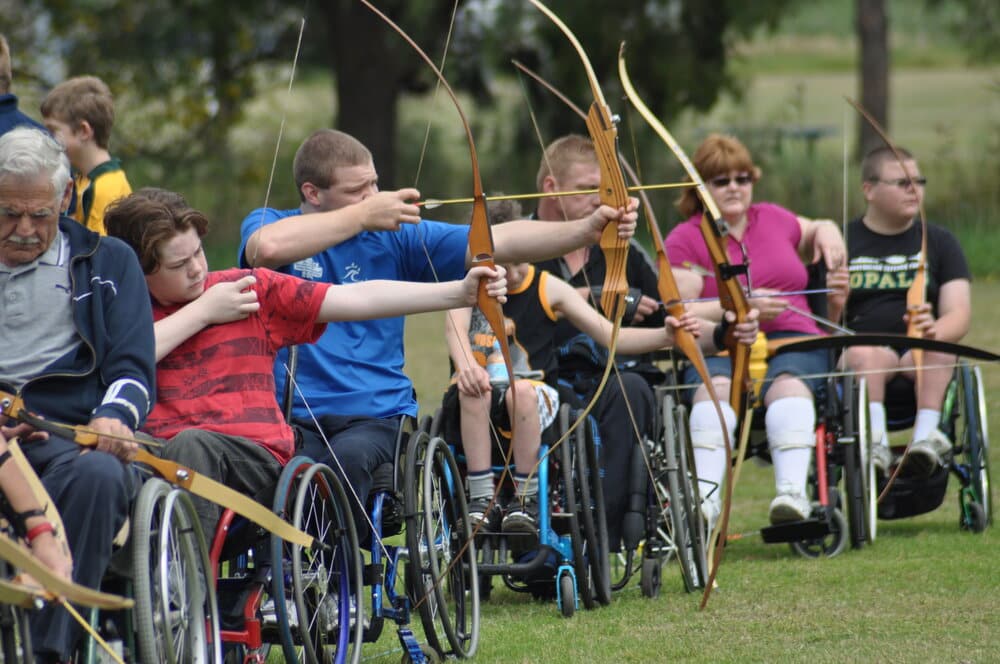
Archery for people with disabilities started at Stoke Mandeville Hospital in 1948 for recovering veterans, where veterans participated in the first archery competition as part of a rehabilitation program. In 1960. Then, Archery became one of the sports on the program for the first Paralympics, held in Rome. Since then, Archery has many changes, and it developed as a sport throughout the world as a competitive or recreational activity. Para archery is a sport that gives the athletes many chances of just getting out of the home and socialize, be active, take part in Paralympic or World Champion Teams. Making new friends, taking part in teams, and having fun are the best things about Para archery, which covers any need.
Types of impairments eligibility
Para archery is a sport that is open to many groups of people with disabilities. The eligible groups of people with impairments are as follow:
- Impaired muscle power
- Athetosis
- Impaired passive range of movement
- Hypertonia
- Limb deficiency
- Ataxia
Para Archery Classifications
The classification of athletes helps classify the athletes with different abilities to balance competitions in the playing field. There are three main classes in Para archery: Recurve Bow, Compound Bow, and Visually Impaired. Athletes will classify within these three classes:
– ARW1 (W1), Archery Wheelchair 1
This classification refers to those athletes with impairment in the arms and legs. Function limitation in lower and upper limbs, high spinal cord injuries, or high multiple limb amputations are the limitation in this group of athletes who compete with the help of wheelchairs.
– ARW2 (W2), Archery Wheelchair 2
Impairment in the legs is the matter for the classification of the athletes in this group. Lower limb function limitation with little or no upper limb impairment in paraplegia or double leg amputation below the knee is the athletes’ signs in this classification.
– ARST (ST), Archery Standing
The athletes in this group have limited impairments, and they may compete for standing or in a wheelchair.
Devices of para archery
Based on the International classifier and listed on the athletes’ classification, the authorized assistive devices are as follow:
- Wheelchair
- Chair/Stool
- Block
- Permitted body support
- Prosthesis
- Release aid
- Bow bandage
- Bow arm splint
- String arm wrist splint
- Assistant
Athletes with visual impairment in the VI division must wear a blindfold for vision impairment equality.
How does para archery help?
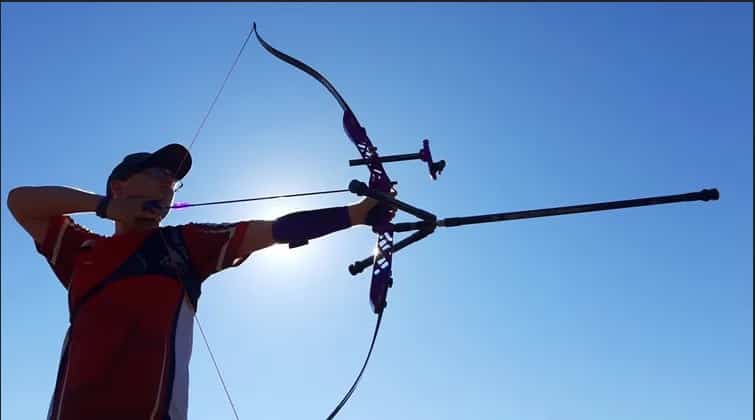
- This sport helps to increase the focus skill in athletes.
- Para archery improves the brain, eyes, and arms coordination.
- Para archery helps strengthen the arms, hands, fingers, shoulders, chest, back, and neck.
- The upper body parts and muscles are engaged in this sport when they are in the wheelchair.
- Strengthening the legs and improving balance is the other advantage of para archery when the athlete has no leg impairment.
- Shooting to a target can helps the athletes to reduce their stress and increase their positive energy.
- More practices make a skilled champion with high confidence.
- Based on Harvard University, 30 minutes of archery burns about 100 calories based on the body weight.
- Making new friends and having enjoyable social relationships is an excellent point of this sport, which improves mental health.
Para archery is a sport that can be fun if the person is willing to do it. It can be a total relaxing sport, and hitting the target is full of a sense of power for the athlete. Getting rid of the stress and disturbing thoughts, focusing on the target is a perfect way to ensure mental health. With all these advantages, why not try para archery for once?


